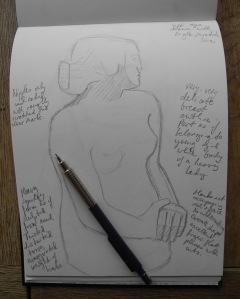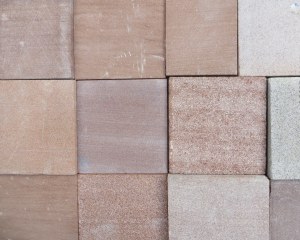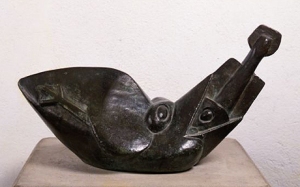For a background to the medal’s history, my research and reconstruction process read:
my original 2012 blogpost about the Moost Happi medal and my reconstruction

On Thursday 24th November historian Tracy Borman will host a documentary on Channel 5 – ‘The Fall of Anne Boleyn’. Borman takes several fresh approaches, including an interview with me and a detailed examination of The Moost Happi medal – the only certain portrait of Anne Boleyn made during her lifetime still in existance.
In reviewing my notes I came to a more focussed conclusion – that its purpose goes far beyond a mere celebration of her pregnancy. To see the medal as a celebration of her fertility is to look at it from a modern perspective – (as if it were a baby-shower trinket). Instead I believe the medal a masterstroke of political propaganda, demonstrating Anne’s sense of strategy and skill with visual imagery. Her aim – not just to reinforce her own legitimacy as queen, but her unborn child’s right to rule the English throne.
The key to this theory lies with her choice of headdress – a Gable Hood.
It is often said that Anne favoured the French Hood (based more on later paintings and Hollywood depictions than contemporary evidence which indicates she owned both). But when it mattered, when she wanted to declare that she was Queen of England – Anne wore a Gable Hood. This is recorded on the day of her execution at the Tower of London, and in this medal.
(See also The Black Garter Scroll depiction: https://www.theanneboleynfiles.com/update-anne-boleyn-lady-garter-image/)
I believe that this particular outfit, recorded in the medal in exquisite detail, was of great importance. It comprised of a bejewelled Gable Hood, a matching necklace (with a choice pendants), a jewelled belt and dress (the latter not worn for the medal portrait, presumably due to Anne’s enlarged belly). For reference, you can look at the full outfit worn not long afterwards by Anne’s successor, Jane Seymour, as depicted by Holbein.
The portraits of Henry’s wives show that they all had access this ensemble as queen. But until this point, it had belonged to Catherine alone. Without the softening gaze of hindsight this act of appropriation was a strong visual challenge. By wearing the Gable Hood and jewels, clearly a prized part of the queen’s wardrobe, Anne was stating ; ‘I am Queen of England now’.
More than this – Anne’s pregnant state is celebrated – her bosom, recorded as being ‘not much raised’, is very much emphasised in the medal. I believe that there was purpose to this too:
In 1533 Anne was crowned on the throne in Westminster Abby wearing the Crown of St Edward so that the child in her belly might be crowned also. However the right of that child to rule was tenuous. The baby conceived out of wedlock and before Anne’s coronation, and besides, a daughter was not regarded as an heir to the throne then. Elizabeth’s legitimacy could be easily disputed. It was therefore crucial to emphasise that Anne was both Henry’s wife and Queen of England in 1534 when it was believed to be carrying a male heir.
The Moost Happi medal is not just a record of how Anne Boleyn herself wanted to be viewed, but an example of her mastery of powerful visual messages. Her choice of Gable Hood boldly states:
“I am Queen of England. I am the mother of the legitimate heir to the Tudor throne”.
It’s wonderful to reflect that, after the tragic dance of many of these players, Anne Boleyn was indeed the mother of England’s most famous and loved monarch: Elizabeth 1, an equally strong woman who inherited her mother’s understanding of the power of symbolism.
Read my 2012 blogpost about the Moost Happi medal and my reconstruction
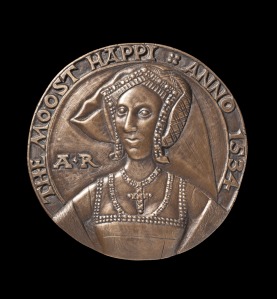
Buy a copy of my reconstruction
Individually made copies in bronze resin are available (150mm / 38mm)
Pendants in a choice of metals are also available
Reviews for my reconstruction:
‘Lucy Churchill’s brilliant achievement has brought us as close to the real Anne Boleyn as we shall ever be able to get’.
Eric Ives, OBE
‘Lucy Churchill’s reconstruction of The Moost Happi portrait medal is the best image we are ever likely to have of Anne Boleyn’.
David Starkey, CBE‘Through meticulous research Lucy Churchill has created an authentic replica of the medal of Anne Boleyn, as it would have looked originally. A must for anyone interested in Anne Boleyn’.
Alison Weir‘Lucy Churchill’s skill and craft has recreated a real woman, not a romantic heroine. This is Anne as her century saw her’.
Hilary Mantel‘The 1534 medal is the closest we get to the ‘real’ Anne Boleyn, and it’s wonderful to have it reconstructed in all its glory. Lucy has done a wonderful job at bringing it to life.”
Claire Ridgway
“Lucy Churchill’s astonishing reconstruction of The Moost Happi portrait
medal is one of my most treasured possessions. It’s unquestionably the
most true-to-life image of Anne Boleyn that we have.”
Natalie Grueninger‘Lucy Churchill’s reconstruction of Anne Boleyn’s 1534 ‘Most Happy’ medal is a welcomed and needed addition to studies about her portraiture. A must for anyone on ‘Team Anne’!
Roland Hui
FURTHER READING: My analysis of the carved imagery on Henry and Anne’s Choir Screen at King’s College Chapel:
‘A re-appraisal of the iconography of the choir screen at King’s College Chapel’ Cambridge, published in Oxford University Press journal Notes & Queries
My interest in Anne Boleyn’s cultural, religious and political influence prompted an in-depth study of the choir screen in King’s College Chapel, Cambridge. I systematically recorded and decoded the carved iconography to reveal a pointed message that went far beyond a celebration of their marriage, as previously supposed. Using imagery that contemporary viewers would have understood, the screen asserts Henry VIII and Anne’s Divine Right to rule over the Church of England and issues a very real threat to dissenters.
‘An index of the carved imagery on the choir screen at King’s College Chapel, Cambridge’
As well as publishing my analysis in Oxford University Press’s peer reviewed journal Notes & Queries I compiled an detailed record of the screen’s carved imagery which can be used by visitors to the Chapel, and as a basis for further research. I highly recommend such a study as I feel there is still much to be learned it:
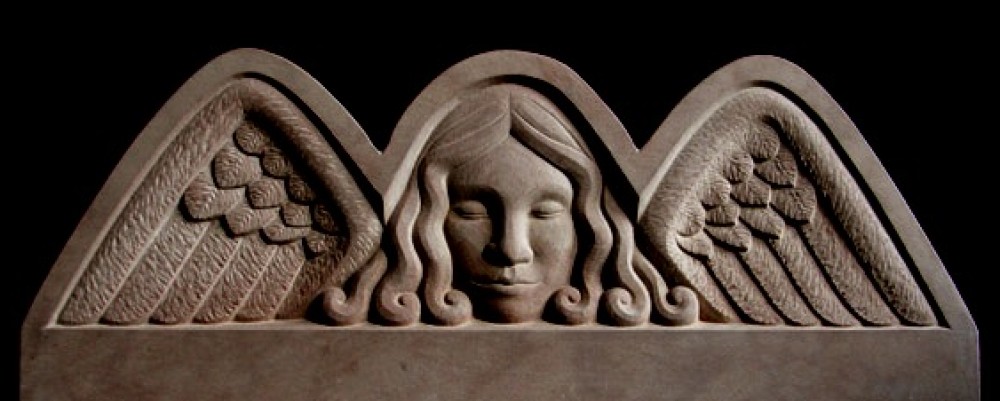




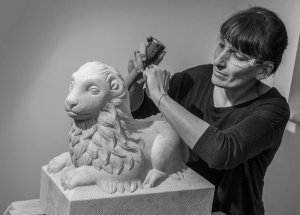


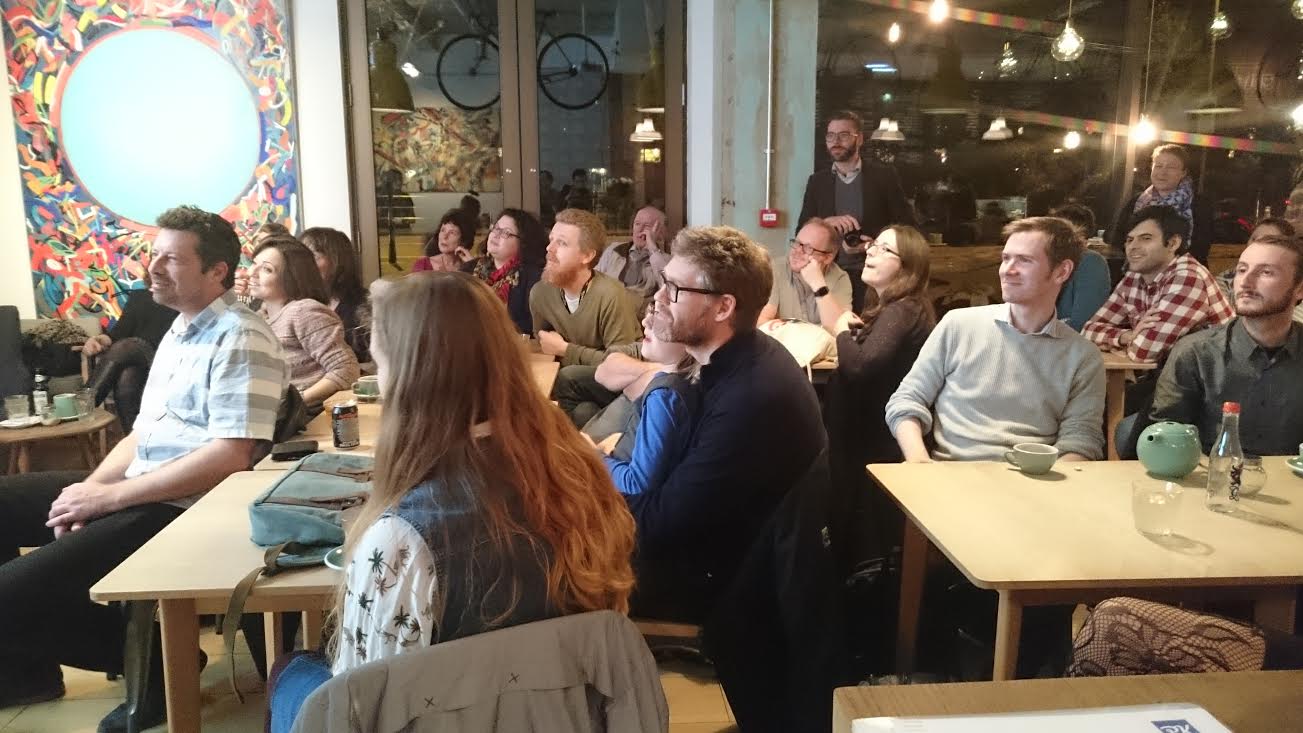 When
When 


 If you haven’t gone yet, and you possibly can – take this last opportunity to see Barbara Hepworth’s exhibition at the Tate. And if you go to see this or any sculpture – take a sketch book and pencil.
If you haven’t gone yet, and you possibly can – take this last opportunity to see Barbara Hepworth’s exhibition at the Tate. And if you go to see this or any sculpture – take a sketch book and pencil.